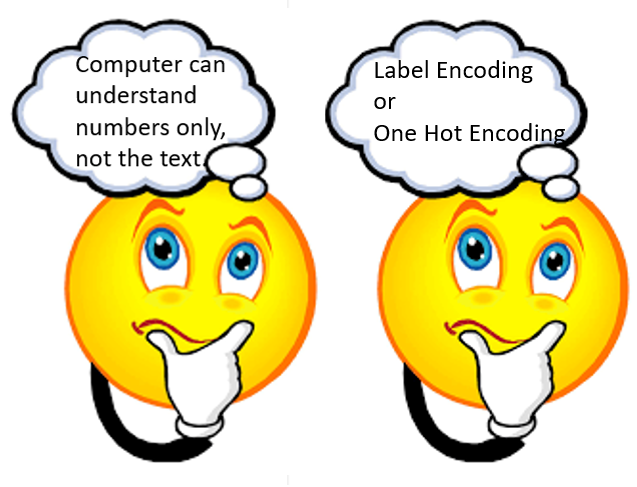LangChain: An Open-Source Framework for LLM-Based Applications

Introduction: In the realm of artificial intelligence and natural language processing, Langchain emerges as a beacon of innovation, providing developers with a powerful open-source framework for creating LLM-based applications and chatbots. In this blog post, we delve into the basics of Langchain, uncovering its significance and potential in the world of AI-driven interactions. Why Langchain? Langchain offers many benefits that make it an indispensable tool for developers venturing into LLM-based application development: Integration with External Data Sources: Langchain seamlessly integrates LLMs with external data sources, enabling the creation of richer and more contextually aware responses. Proactive and Dynamic Applications: By leveraging Langchain, developers can craft proactive and dynamic LLM applications that adapt and evolve based on user interactions and real-time data. User-Friendly API: With its intuitive and user-friendly API, Langchain simplifies the d...




